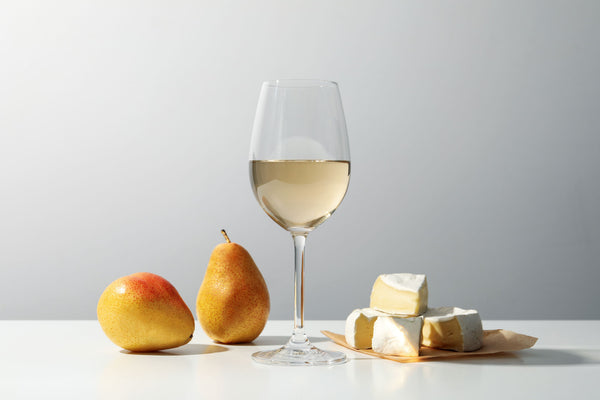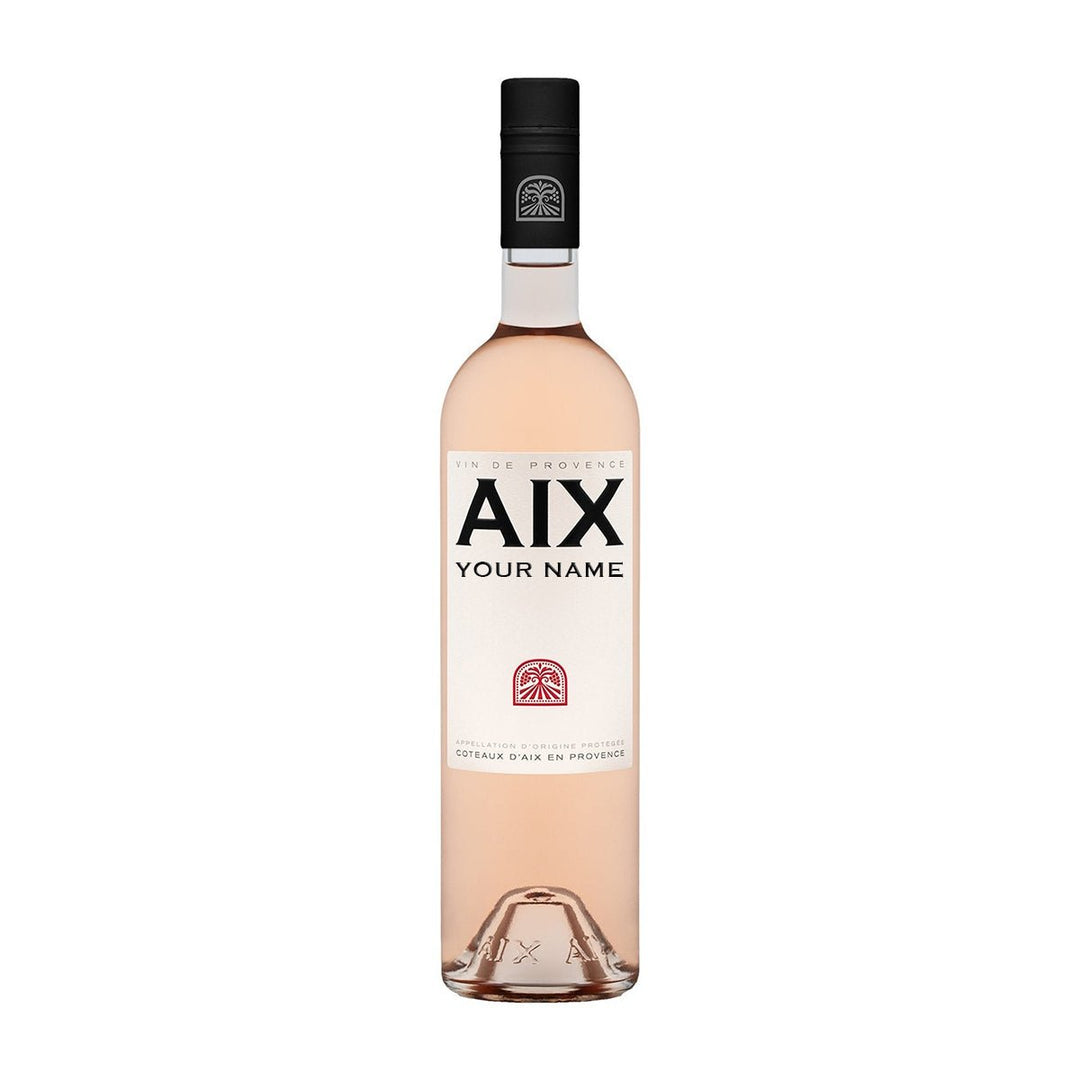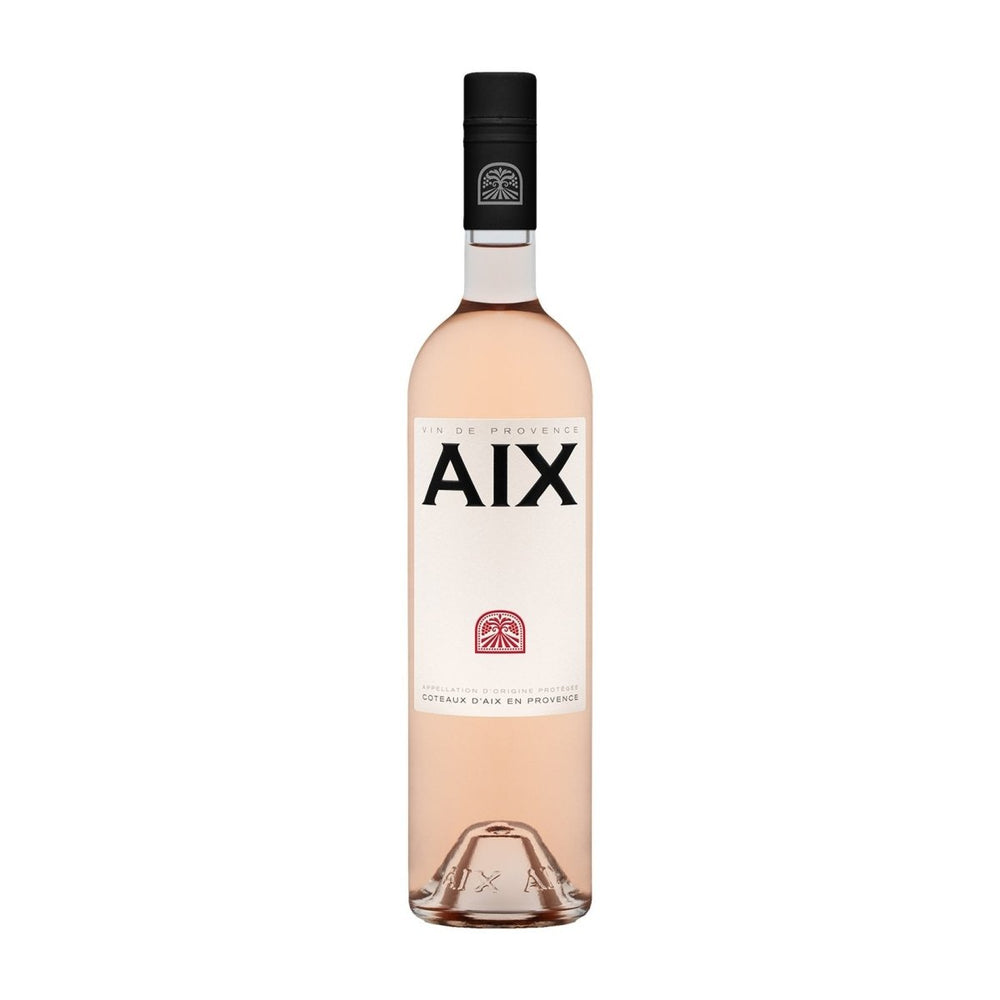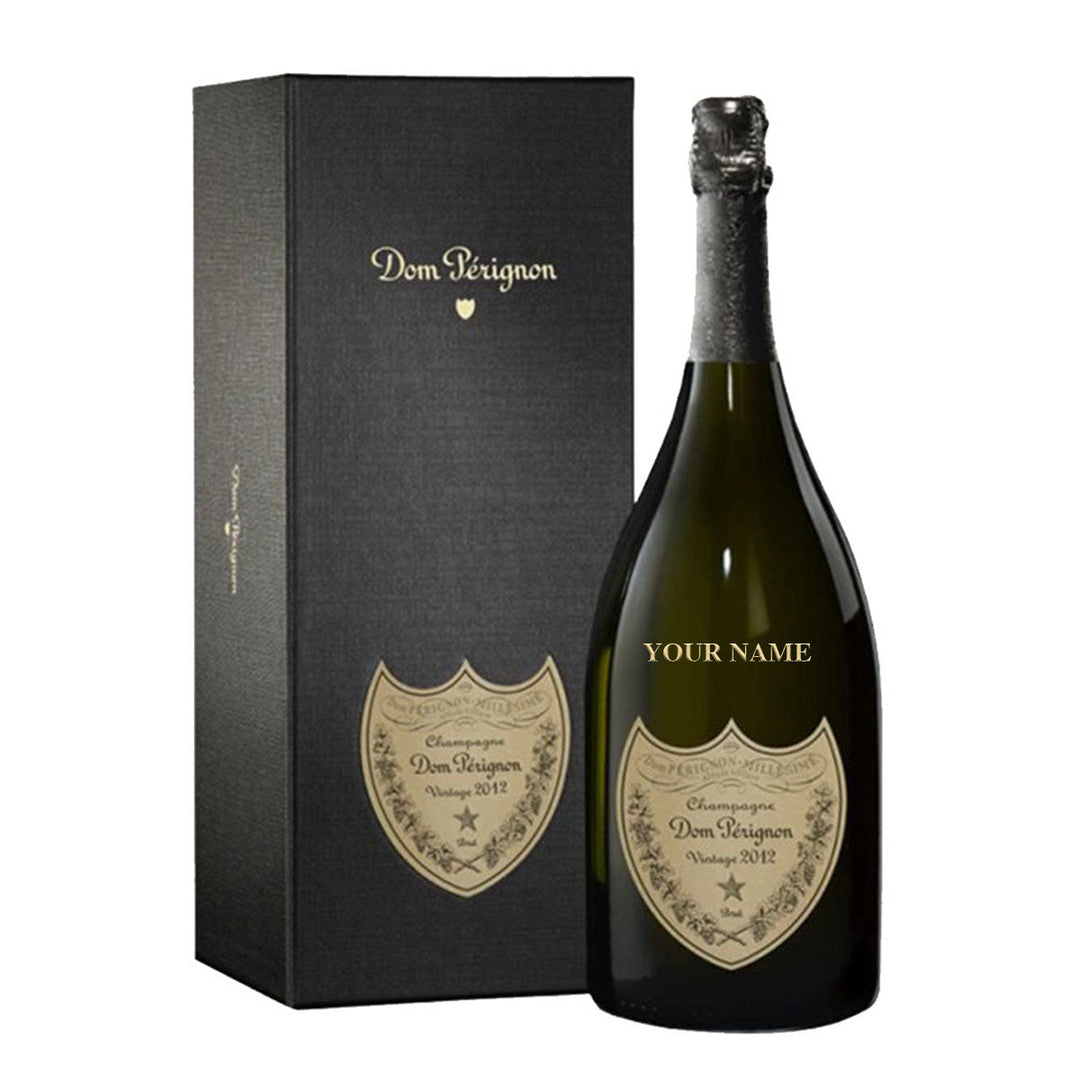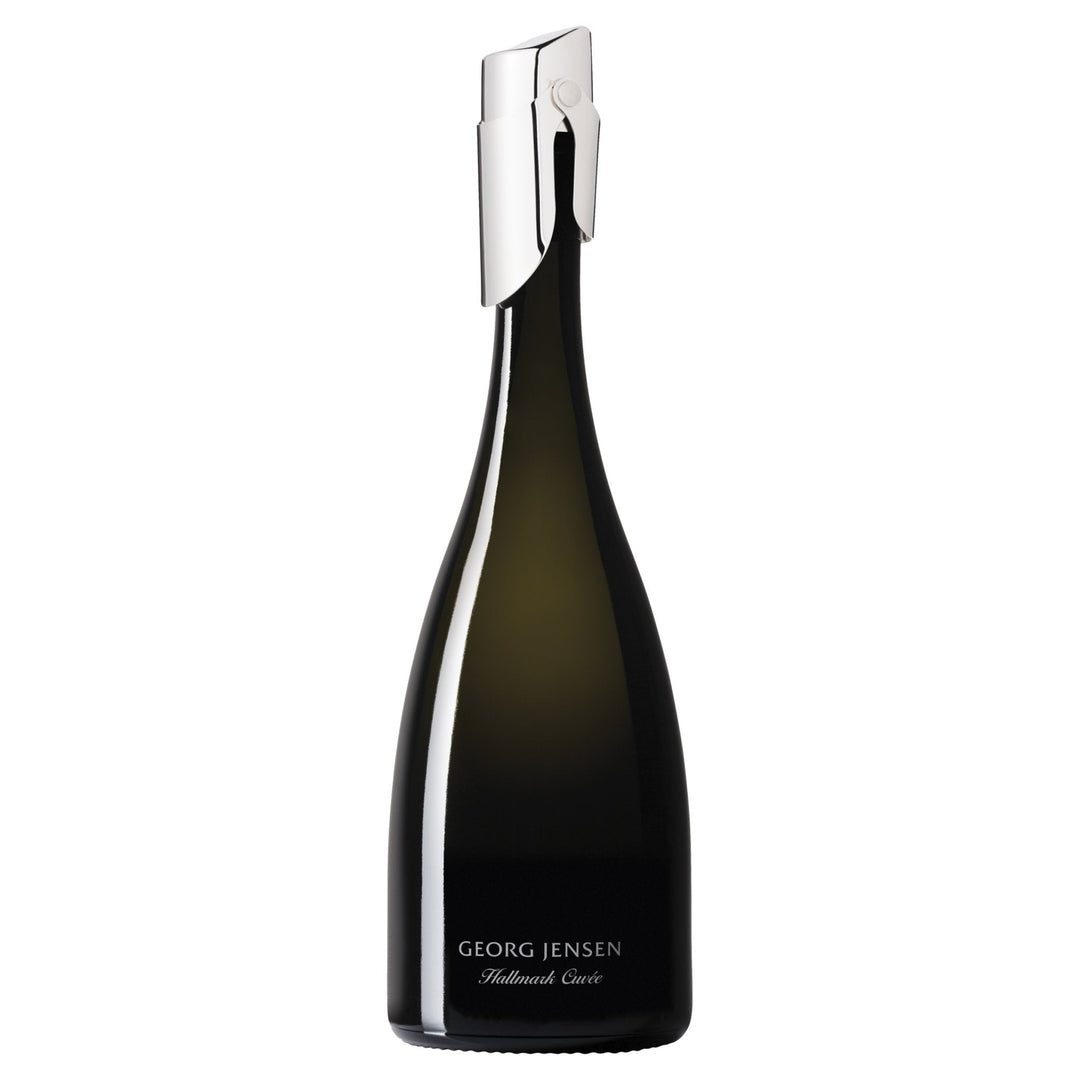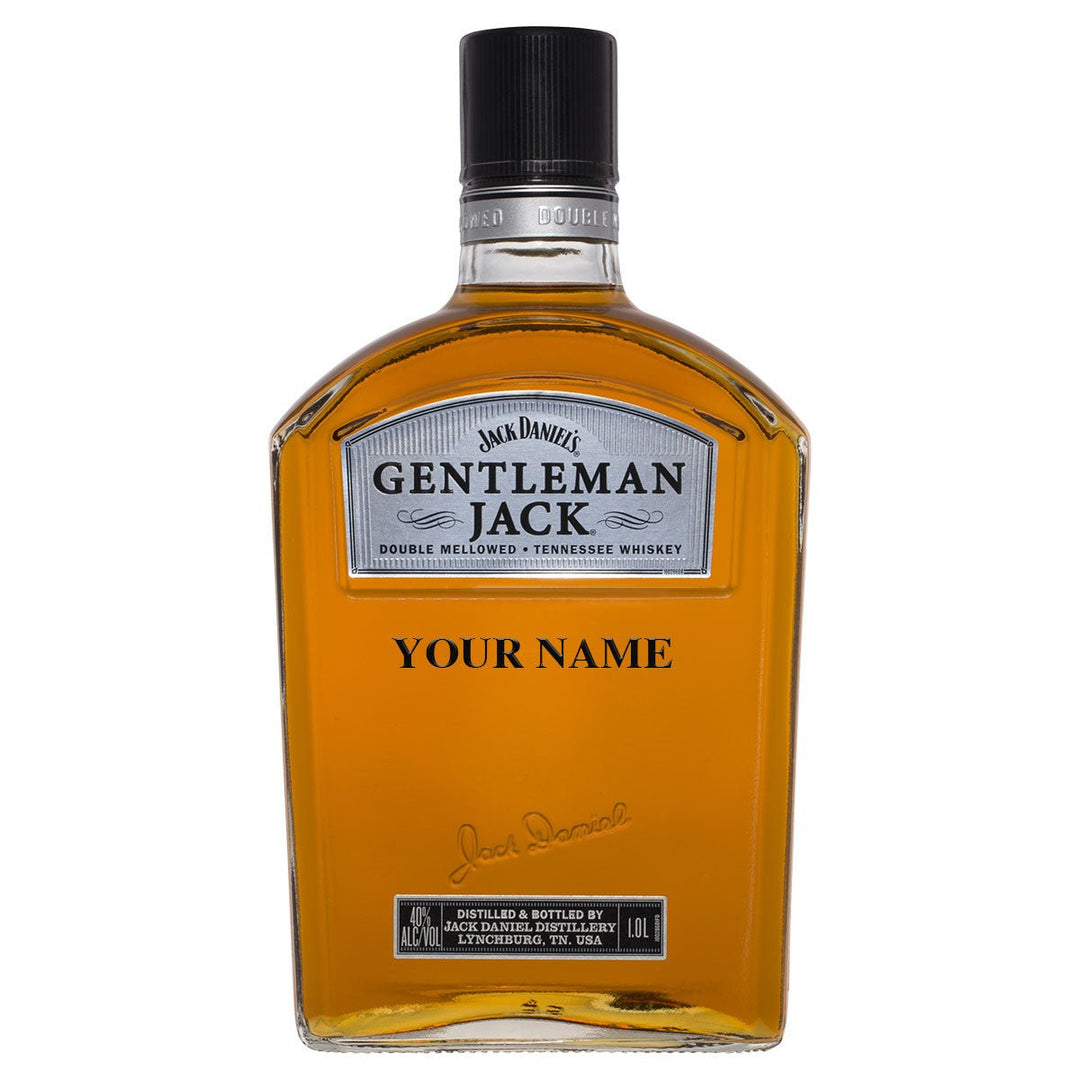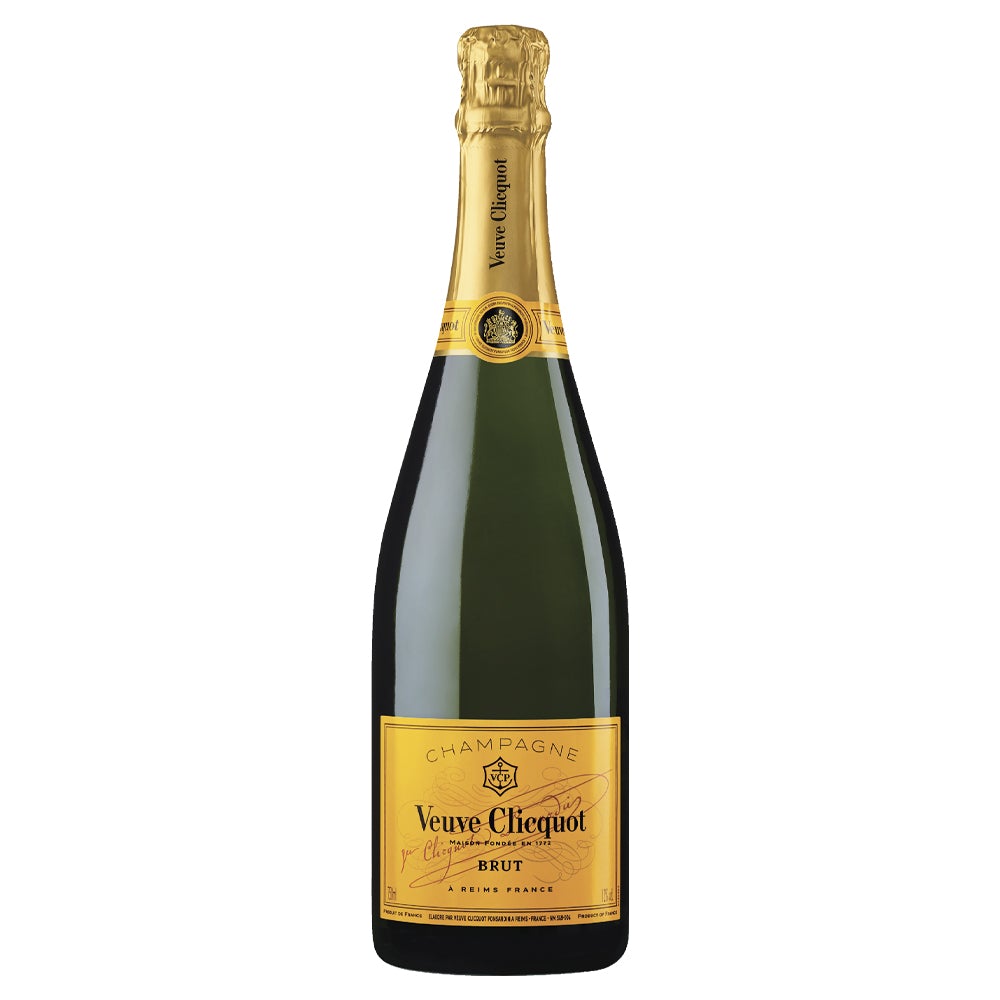An Introduction to Wine and Cheese Pairing, or How to Impress Your Friends
Ah, wine and cheese, the dynamic duo of the culinary world. A match made in heaven, but let's be honest, it can be a bit intimidating to pair them like a pro. Fear not, dear reader, for this guide will help you navigate the vast seas of wine and cheese pairings so you can wow your friends at your next fancy gathering.
The Factors That Matter (or, Why Your Pairings Aren't a Total Disaster)
Behold, the holy trinity of wine and cheese pairing factors: texture, flavour, and intensity. Let's break it down, shall we?
Texture: The Great Balancing Act
Texture is key in both wine and cheese. Pairing them by texture is like finding the perfect dance partner. Creamy Brie and buttery Chardonnay? A waltz for your taste buds. Firm Cheddar and full-bodied Cabernet Sauvignon? Tango time, baby.
Flavour: Playing Matchmaker
Flavours in wine and cheese are as diverse as the people at your party. The trick to successful matchmaking is finding complementary flavours. Tangy goat cheese and citrusy Sauvignon Blanc? A match made in heaven. Pungent blue cheese and sweet Port? A power couple if we ever saw one.
Intensity: The Battle of the Titans
Intensity is all about making sure neither the wine nor the cheese steals the show. Bold wines demand robust cheeses, while lighter wines call for milder, more demure cheeses.
Wine and Cheese Pairing Guidelines (or, How to Fake It 'Til You Make It)
Ready for some cheat codes? Here are general guidelines for pairing wine and cheese like a boss:
White Wines: The Easygoing Friend
White wines are the life of the party when it comes to cheese pairing. Crisp, acidic whites cozy up to tangy, fresh cheeses like goat cheese and Feta. Rich, buttery whites flirt with creamy, soft cheeses like Brie and Camembert.
Red Wines: The Divas
Red wines can be a bit fussy when paired with cheese, all thanks to their tannins. Light-bodied reds like Pinot Noir and Beaujolais get along with semi-soft cheeses like Gouda and Havarti. Full-bodied reds like Cabernet Sauvignon and Malbec demand firm, aged cheeses like Cheddar and Gruyère.
Rosé Wines: The Social Butterflies
Rosé wines are the versatile, popular kids in the wine and cheese world. Dry rosés befriend soft, creamy cheeses like Brie or goat cheese. Sweeter rosés charm salty, tangy cheeses like blue cheese or Feta.
Sparkling Wines: The Life of the Party
Sparkling wines, such as Champagne and Prosecco, are the belle of the ball when it comes to cheese pairing. Their acidity and bubbles make them the perfect dance partners for soft, creamy cheeses like Camembert and triple cream cheeses, as well as salty, hard cheeses like Parmesan and Manchego.
Dessert Wines: The Sweet Talkers
Dessert wines, like Port and Sauternes, are the smooth operators of the wine world. Their sweetness and richness make them the perfect companions for strong, pungent cheeses like Stilton and Roquefort.
Pairing Examples: The Dream Teams
Armed with basic pairing knowledge, let's dive into some examples of classic and unique wine and cheese pairings.
Classic Combinations: The Tried and True Pairs
- Brie and Chardonnay: A romance for the ages, with creamy, buttery flavors that create a harmonious pairing.
- Goat cheese and Sauvignon Blanc: A zesty, citrusy love story that complements each other flawlessly.
- Gouda and Merlot: The mild, nutty Gouda finds its perfect match in the fruity, medium-bodied Merlot.
- Stilton and Port: This bold, salty blue cheese tames the sweetness of dessert wine in a classic power couple.
Unique Pairings: The Unexpected Romances
- Feta and Rosé: The salty, tangy Feta and the fruity, refreshing dry Rosé form an unconventional yet delightful duo.
- Smoked Gouda and Shiraz: A smoky, spicy rendezvous that leaves you wanting more.
- Cambozola (a blue Brie) and Riesling: A luxurious union of creamy, pungent Cambozola and bright, sweet Riesling.
- Taleggio and Gewürztraminer: An aromatic adventure of pungent Taleggio and fruity Gewürztraminer that dances on your palate.
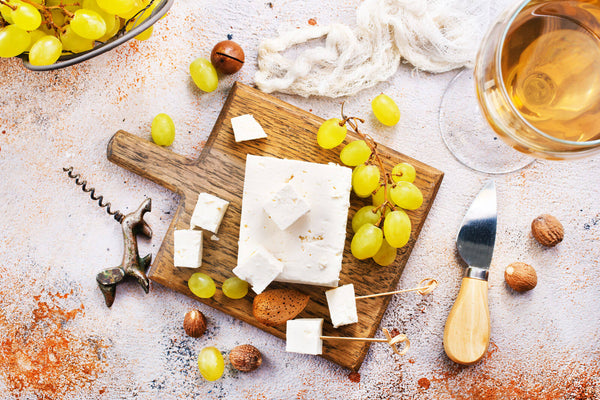
Hosting a Wine and Cheese Party: The Ultimate Flex
So, you've decided to host a wine and cheese party. Here's how to pull it off with panache:
- Offer a variety of cheeses and wines, allowing guests to channel their inner sommelier.
- Represent each major cheese category (soft, semi-soft, semi-hard, and hard) and a range of wine styles (white, red, rosé, sparkling, and dessert).
- Provide ample crackers or bread, along with posh accompaniments like fruits, nuts, olives, and charcuterie.
- Encourage guests to gossip about their favourite pairings and discoveries throughout the evening.
Conclusion: Wine and Cheese Pairing Mastery Unlocked
Pairing wine and cheese can be an exciting and rewarding quest. With our cheeky guide to texture, flavor, and intensity, you'll be a wine and cheese pairing master in no time. Whether you're hosting a swanky wine and cheese soiree or savoring a quiet evening at home, experimenting with different pairings can lead to delightful discoveries and a newfound appreciation for these beloved culinary companions.
FAQs, or Frequently Amusing Questions
Can I pair red wine with soft cheeses?
Sure, if you're daring! Some light-bodied reds like Pinot Noir or Beaujolais might surprise you by pairing well with softer, milder cheeses.
What is the best cheese for a bold red wine like Cabernet Sauvignon?
Give firm, aged cheeses like Cheddar, Gruyère, or Manchego a whirl with a bold red wine like Cabernet Sauvignon. Trust us, they can handle it.
Can I pair blue cheese with white wine?
Absolutely! Sweet dessert wines like Sauternes or late-harvest Riesling will swoop in and sweep blue cheeses off their feet.
How many different cheeses should I serve at a wine and cheese party?
Aim for four to six different types of cheese to ensure a fabulous spread for your fabulous guests.
How should I serve the cheese at a wine and cheese party?
At room temperature, darling. Remove them from the refrigerator about an hour before serving. Arrange them artfully on a platter or cheese board, label each cheese to show off your knowledge, and provide separate knives for each to avoid a flavour melee.




